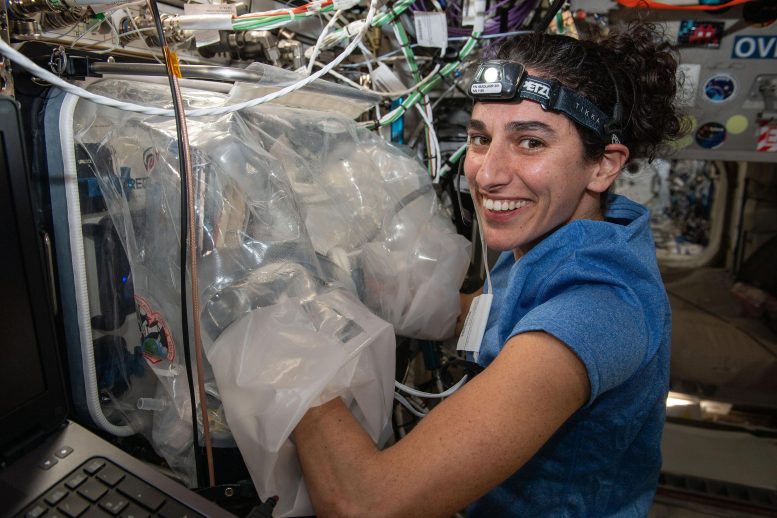
NASA astronaut and Expedition 70 Flight Engineer Jasmin Moghbeli uses a portable glovebag to swap components inside the BioFabrication Facility (BFF) located in the International Space Station’s Columbus laboratory module. The BFF is a biological printer that is testing the printing of organ-like tissues in microgravity. Credit: NASA
The Expedition 70 crew wrapped up the work week with microbiology, bioprinting, and ultrasound scans aboard the International Space Station (ISS). Cardiac research and fluid physics also rounded out the microgravity science schedule for the orbital septet.
Uncontrolled microbial growth is a potential threat to spacecraft possibly contaminating and corroding systems and affecting the health of space crews. Researchers are exploring how to identify and disinfect microbes to protect spacecraft and crews traveling longer and farther away from Earth.
NASA Flight Engineers Jasmin Moghbeli and Loral O’Hara partnered together and researched ways to control microbial growth inside the Kibo laboratory module. The duo took turns treating bacteria samples in Kibo’s Life Science Glovebox helping scientists learn how to promote successful long-term spaceflights and protect extreme environments on Earth.
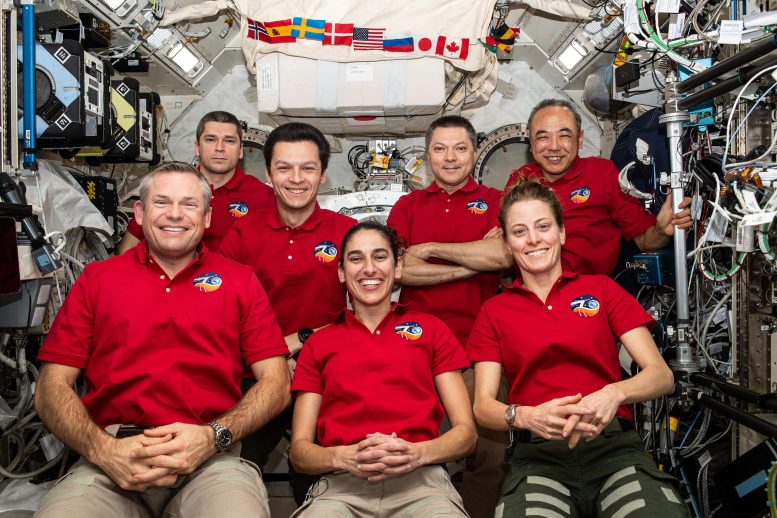
The seven-member Expedition 70 crew poses for a portrait inside the International Space Station’s Kibo laboratory module. In the front row (from left) are, Commander Andreas Mogensen from ESA (European Space Agency) and NASA Flight Engineers Jasmin Moghbeli and Loral O’Hara. In the back are, Roscosmos Flight Engineers Nikolai Chub, Konstantin Borisov, and Oleg Kononenko; and JAXA (Japan Aerospace Exploration Agency) Flight Engineer Satoshi Furukawa. Credit: NASA
Moghbeli also assisted Commander Andreas Mogensen of ESA (European Space Agency) as he removed tissue cassettes containing cardiac cells from the BioFabrication Facility. The 3D bioprinter is demonstrating the potential to manufacture human organs in space from existing patient cells. The samples are then stowed in an advanced sample processor for incubation allowing the tissues to cohesively form on a cellular level. Mogensen earlier studied water recovery and purification techniques under microgravity conditions.
O’Hara began her day conducting ultrasound scans and collecting blood pressure measurements with Flight Engineer Satoshi Furukawa from JAXA (Japan Aerospace Exploration Agency). The biomedical work was done in conjunction with doctors on the ground and is part of the CIPHER suite of 14 human research experiments. Afterward, Furukawa swapped cargo in and out of the SpaceX Dragon cargo spacecraft as it counts down to undocking from the station later this month and returning to important research samples to Earth.
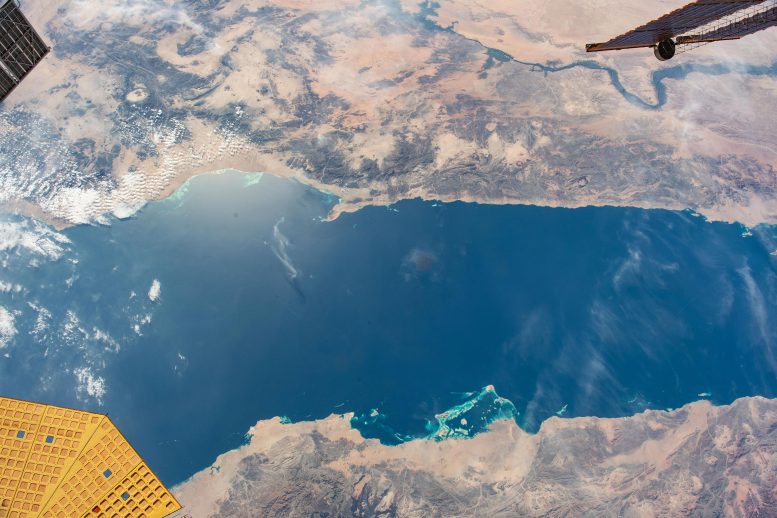
Lying between Africa and Asia, the Red Sea is pictured from the International Space Station as it orbited 260 miles above. Near the top of the image, the Nile river snakes through Northeastern Egypt and a solar array peeks through the top right and left corners. At the bottom left corner, Cygnus’ cymbal-shaped solar array is seen. Credit: NASA
Working in the Roscosmos segment of the orbiting lab, three cosmonauts began their morning conducting cardiac research. The trio of flight engineers, Oleg Kononenko, Nikolai Chub, and Konstantin Borisov, participated in the study that measures the bioelectrical activity of the heart as it rests in weightlessness. Afterward, the cosmonauts each participated in a computerized test solving problems for a study exploring how crews and mission controllers can communicate better.
Kononenko later examined eggs in an incubator for a space biology study then checked ventilation systems in the Nauka science module. Chub moved on and investigated how magnetic and electrical fields affect fluid systems in microgravity. Finally, Borisov worked on a variety of science tasks throughout the day including watering and photographing plants and configuring an array of research hardware.

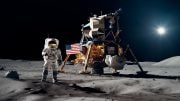


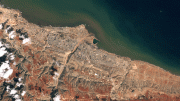


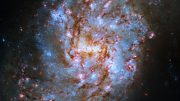
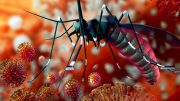
Be the first to comment on "Space Bugs and Bioprinted Hearts: Science-Packed Week on the ISS"